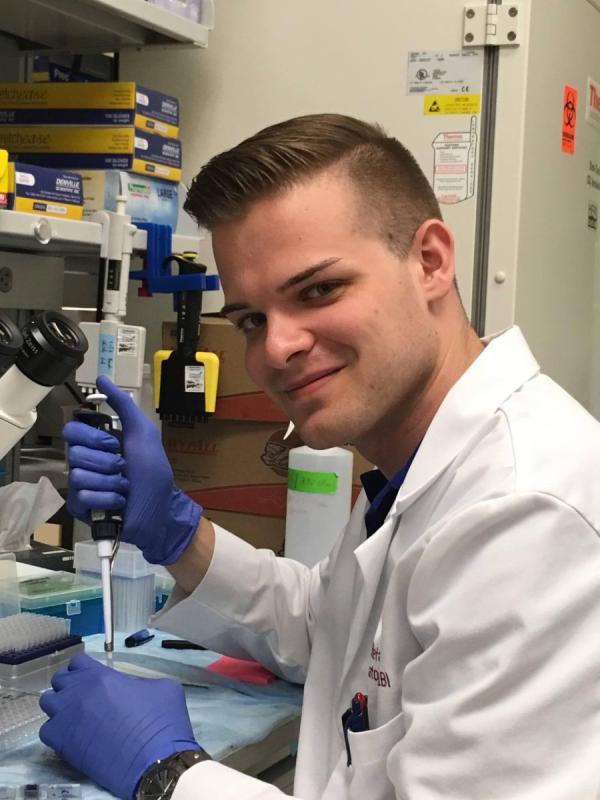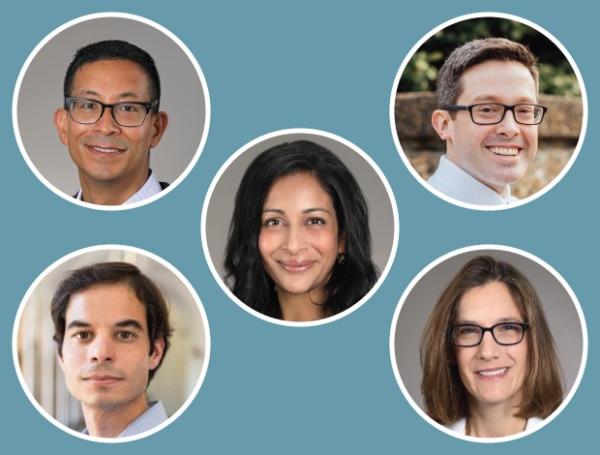Leading the Charge Against Infectious Disease
Government Awards Recognize H. Clifford Lane’s Four Decades of Research Achievements
The remarkable career of H. Clifford Lane, M.D., might have gone very differently if a NIH scientist hadn’t accidentally eavesdropped on Dr. Lane’s conversation with a colleague in 1979. After hearing Dr. Lane mention that he had missed the deadline to apply for a position at NIH, the NIH researcher made some calls and discovered a spot there had just opened up — one that was perfect for Dr. Lane, who would spend the ensuing decades conducting life-saving research to understand and combat some of the world’s most dangerous infectious diseases.
Now the Clinical Director at the National Institute for Allergy and Infectious Disease (NIAID), Dr. Lane has been named a finalist for the 2022 Samuel J. Heyman Service to America Medals’ Career Achievement Award in recognition of his crucial contributions to the fight against HIV/AIDS, Ebola, COVID-19, and other illnesses. Also known as the “Sammies,” the awards recognize federal employees who are “breaking down barriers, overcoming huge challenges, and getting results.”










